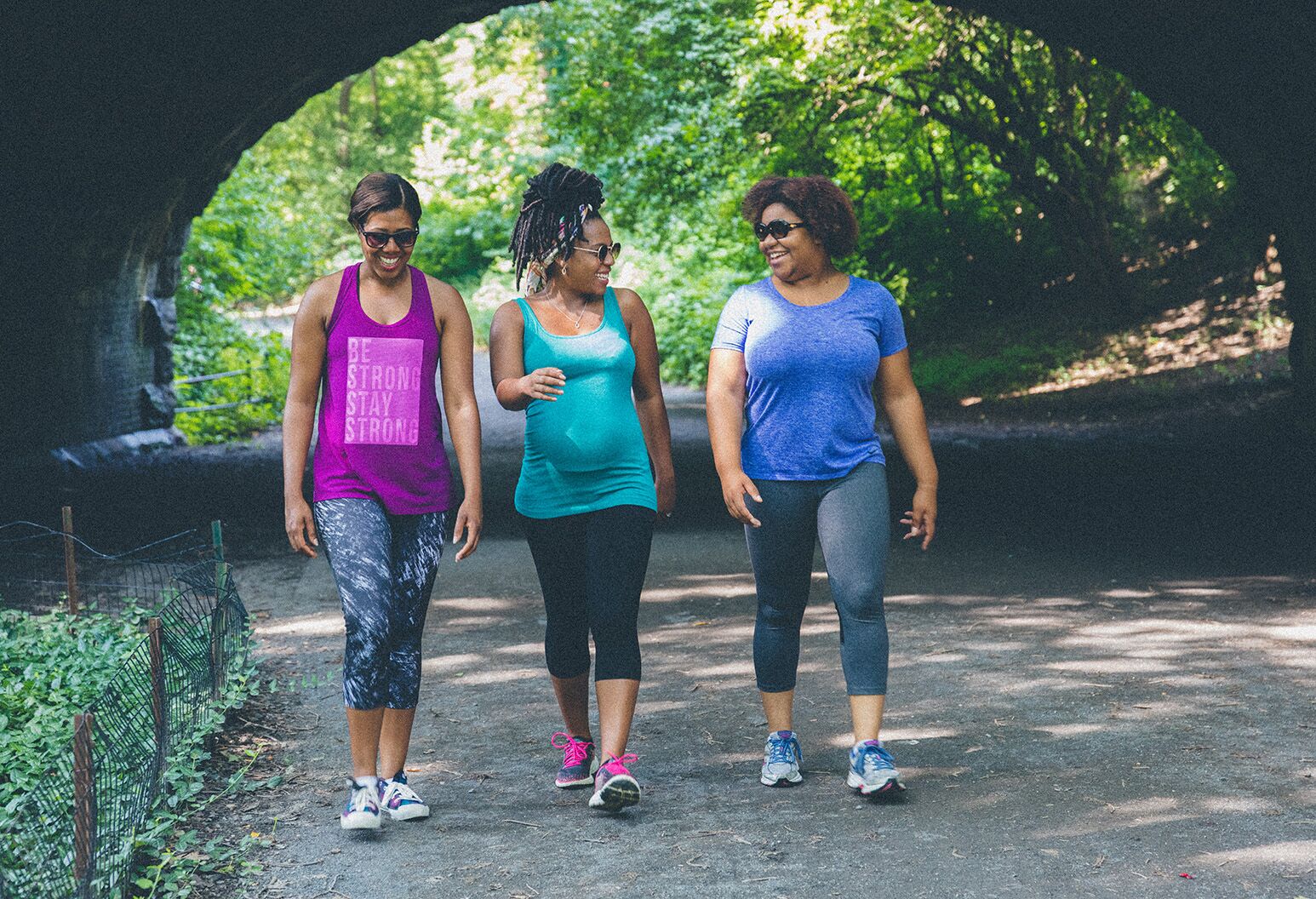healthy living/fitness
Balsamic Chicken And Jicama Slaw: A Perfect Match

Say goodbye to the 10,000 step rule and learn how to exercise in a way that works for you.
3 min read
I have something shameful to admit: I used to think walking was for chumps.
I’m not talking about walking from point A to point B; I would always happily do that. But walking as a main form of exercise? It conjured up images of elderly men in tracksuits, power-striding along the flat, shiny floors of their local malls—not that there’s anything wrong with that. For them. But that’s not real exercise, I’d think as I pedaled furiously in a cycling class, sweated literal buckets in hot yoga, or set out on a 9-mile run (during which I’d avoid walking and, if I did do it, silently call myself a quitter).
But of course my assumptions were arrogant and incorrect. Walking is, in fact, a fantastic form of exercise that can lower your risk of high blood pressure, heart disease, and diabetes while strengthening your bones and muscles.
Upon finally accepting this truth, I latched on to guidance that said 10,000 steps were key to any walking regimen, and religiously counted my perambulations on my fitness watch and beat myself up if I didn’t hit the target (are you sensing a pattern yet?).
But as it turns out, that was wrong, too (at least a little bit). Studies now show that the 10,000-step goal is not necessarily crucial for reducing mortality, and walking faster or more athletically doesn’t necessarily corelate with better health.
“Higher step counts have been associated with lower mortality, but previous investigations have been conducted in older adults, in individuals with debilitating chronic conditions, or in cohorts with relatively few deaths, which may limit the generalizability of these findings,” posits research published by the Journal of the American Medical Association. “Furthermore, although higher gait speeds and self-reported walking pace have been associated with lower mortality risk, there is conflicting evidence that higher accelerometer-measured step intensity is associated with better health.”
OK, so then what should we do when it comes to walking?
Many experts suggest we think in terms of time instead of steps, keeping in mind the recommendation that we exercise at least 150 minutes per week, or 30 minutes most days. Walking, they say, is a great way to meet those targets.
If you’re a numbers person, though, and really love counting your steps, some experts say that about 2,000 to 3,000 steps per day should be sufficient for general good health. For weight management and other benefits, some doctors recommend 7,000 to 8,000 steps per day.
And no, these steps don’t have to happen at the mall with your grandmother’s walking group (though that might be fun). You can take breaks from work and walk the halls every 15 minutes or use a treadmill desk. You can park a little bit farther from your destination to add a few hundred steps throughout a day of errands. And all that housework you find yourself constantly doing? It brings the tally even higher, too.
Me? I now add walking to my daily exercise routine, arriving at my gym a bit early and going for a nice walk before I take a class, or opting to walk to the store instead of driving the short distance there. Without much extra planning or effort, I’ll hit close to 4,000 steps, and on days when I have more time to really enjoy a long walk, I’ll hit as many as 14,000.
But instead of obsessing on those numbers, I try to just enjoy the stroll, appreciating the benefits and giving the mall-walkers a friendly—and maybe a little bit apologetic—wave.
The Well is Northwell Health’s commitment to the future of health care. In this time of information overabundance, much of which is inaccurate, unhelpful, or even difficult to understand, Northwell Health is on a mission to make a difference as an honest, trusted, and caring partner. The site connects with consumers to provide them with personalized content that reduces their stress, makes them laugh, and ultimately feel more confident and capable on their healthcare journey.